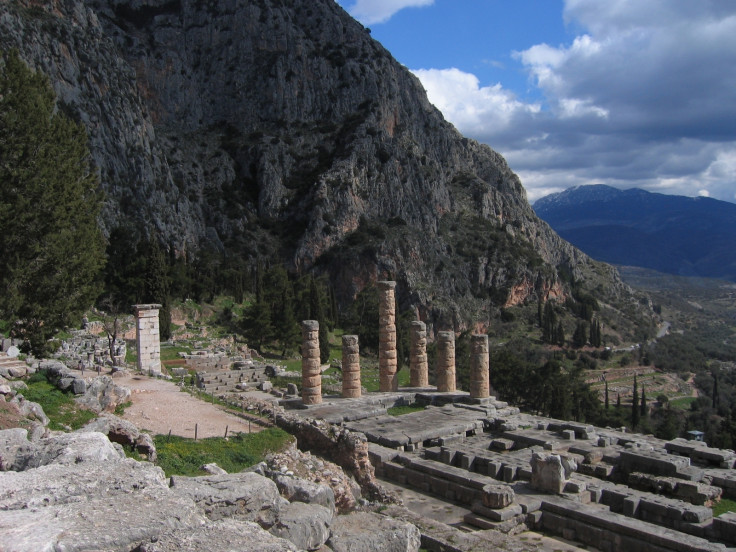Ancient Greeks may have deliberately built along earthquake fault lines
A new study suggests there is a relationship between earthquakes and the culture of Ancient Greece.

The ancient Greeks may have deliberately built on land that had been affected by earthquake activity, according to new research from the University of Plymouth.
Professor of Geoscience Communication Iain Stewart believes that fault lines created by seismic activity were afforded special cultural status, leading to them becoming the sites of significant temples while also playing an important role in the functioning and fate of Greek settlements.
Researchers have previously suggested that Delphi became the site of the legendary oracle as a result of earthquake activity. Springs – which sometimes leak from seismic faults, often spewing out intoxicating gases – were revered by ancient Greek society.
"Water was at the heart of many ritual practices and some persistent spring sources were the hubs of enduring settlements, with the most revered being those whose mineral waters released euphoric, hallucinogenic or lethal vapours," Stewart says in the study, published in the journal Proceedings of the Geologists' Association.
"The role of springs in directing the location of settlements is a fairly well established theory. What this paper does is point out that in the Aegean landscape, many springs leak from earthquake faults", he told IBTimes UK.
Delphi may not have been alone in this regard, according to Stewart. In fact, renowned cities such as Ephesus, Hierapolis and Mycenae may also have been constructed due to the presence of fault lines.
"Earthquake faulting is endemic to the Aegean world, and for more than 30 years, I have been fascinated by the role earthquakes played in shaping its landscape," Stewart said.
"But I have always thought it more than a coincidence that many important sites are located directly on top of fault lines created by seismic activity. The ancient Greeks placed great value on hot springs unlocked by earthquakes, but perhaps the building of temples and cities close to these sites was more systematic than has previously been thought."
The Aegean region is rich in seismic activity, so making a correlation between fault lines and the sites of ancient cities may not seem surprising. However, the study argues that many fault lines in the region are not simply found randomly underneath buildings, but run directly underneath the most sacred structures of these ancient settlements.
Delphi can be used as just one of many examples to support this theory. It was destroyed by an earthquake in 373 BC, only for its temple to be rebuilt on exactly the same fault line.
In addition, ancient Greek folklore is riddled with tales of individuals who became oracles by journeying into the underworld, with some researchers arguing that the system of caves, chasms and grottoes etched into the Greek landscape by seismic activity are the inspiration for these stories.
"I am not saying that every sacred site in ancient Greece was built on a fault line. But while our association with earthquakes nowadays is that they are all negative, we have always known that in the long run they give more than they take away. The ancient Greeks were incredibly intelligent people and I believe they would have recognised this significance and wanted their citizens to benefit from the properties they created", Stewart added.
© Copyright IBTimes 2025. All rights reserved.





















